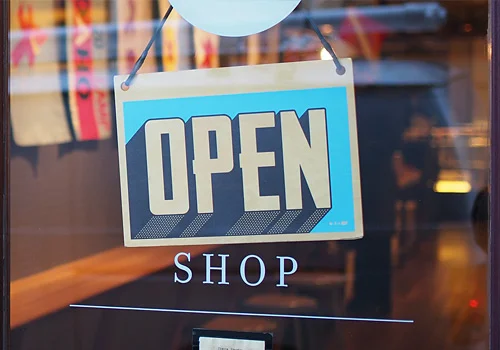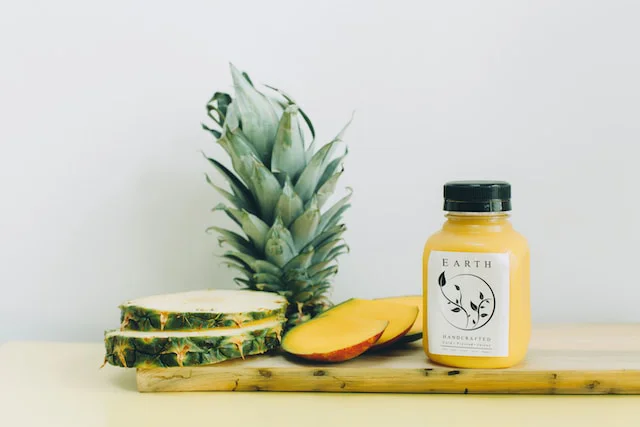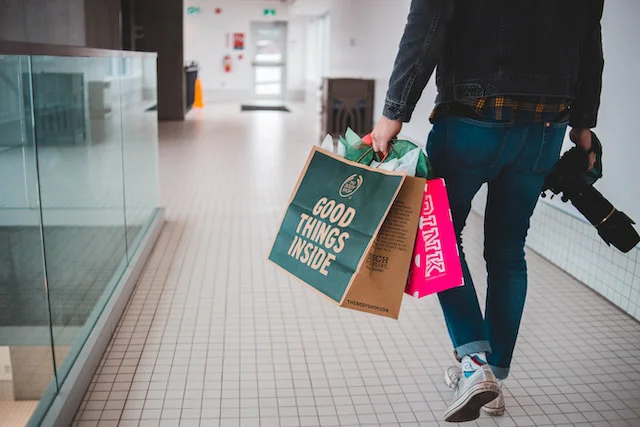Fashion shoppers are no longer browsing static pages. They are shopping inside video. This marks the rise of video commerce in fashion: a smarter, faster, and more immersive way for customers to shop.
Most fashion brands already create videos for Instagram, TikTok, or YouTube. However, too often, shoppers are left to like, comment, and then search for the “link in bio” or dig through a storefront to find the product.
The next level is making those videos instantly shoppable. As a result, customers can purchase in the moment with as few clicks as possible.
The FashionTech map confirms video commerce as an essential capability. And Vimmi is the platform helping brands implement it at scale.
Why Video Commerce Is Fashion’s Next Growth Engine
Fashion thrives on visuals, storytelling, and emotion. Video captures all three.
Today’s shoppers discover new styles not by scrolling static pages but by swiping through TikTok, Instagram Reels, and YouTube Shorts.
When those videos are shoppable, discovery turns directly into conversion.
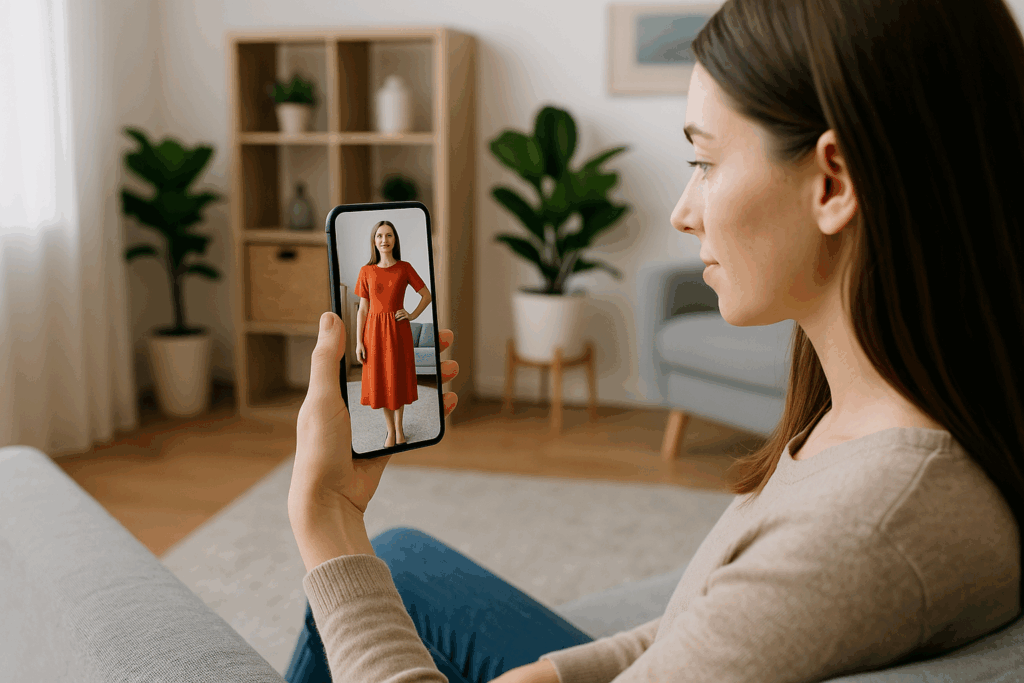
As Enrico Fantaguzzi, Co-Founder of Digital Fashion Academy, puts it:
“Video commerce is reshaping the customer journey; fashion brands should approach video commerce as an emerging sales channel.”
In other words, video commerce isn’t just another content type. Instead, it’s an entirely new sales channel built for an impulse-driven generation.
Case Studies: How Fashion Brands Use Video Commerce

Tiffany & Co. : Video as Inspiration and Trust
Luxury jeweler Tiffany & Co. uses video to highlight craftsmanship and inspire confidence. (left)
Their short-form videos on social often carry shopping tags. As a result, customers can move from inspiration to purchase in fewer steps.
This blend of heritage storytelling and shoppable content shows how luxury can embrace new formats.
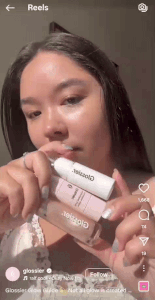
Glossier : Shoppable UGC as Social Proof
Glossier curates user-generated video content on social channels and integrates it into shoppable galleries. (right)
For example, real customer results drive authenticity and inspire quick purchases.
QVC : Reinventing for the TikTok Era
QVC, once a TV-only shopping channel, now livestreams around the clock on TikTok.
Therefore, they’ve proven that the format can engage Gen Z and Millennials through always-on video commerce.
Blogilates/Popflex : Social Commerce Done Right
Cassey Ho, founder of Blogilates and Popflex, shows how powerful social-first commerce can be.
On Instagram Reels, her brand blends product storytelling with seamless shopping options that let fans act in the moment.
She also shares behind-the-scenes looks, creative process clips, and storytelling content that build trust and community.
This mix of authenticity and instant purchasing makes Popflex a standout example of fashion social commerce done right.
It’s also a signal of what’s possible when brands take video beyond likes and comments to true conversion.

These examples highlight a bigger truth. Brands already know how to use video to inspire and engage. The ones that grow fastest are those who make the leap from content that entertains to content that sells in the moment.
Where Video Commerce Fits in the FashionTech Stack
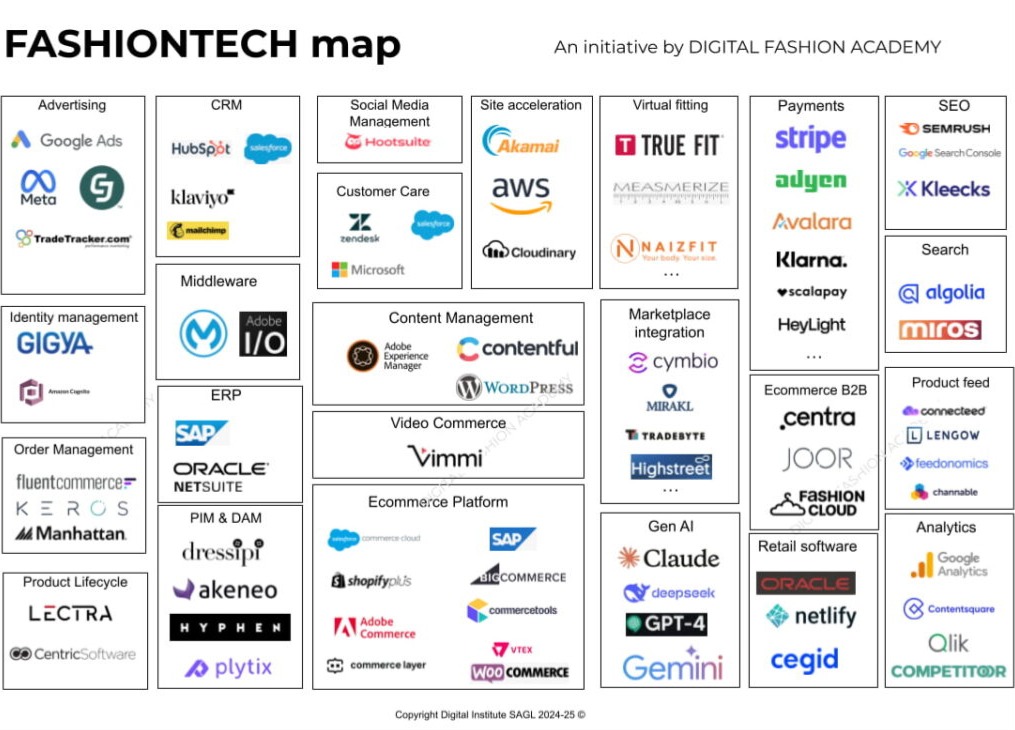
The FashionTech map from Digital Fashion Academy charts the full landscape of tools powering fashion eCommerce: from CRM and ERP to analytics and payments.
In addition, the map even includes Video Commerce as its own category. That’s a clear signal of how central it has become to fashion retail.
Tools like Vimmi are listed there as examples, showing how the industry now sees shoppable video as a defined capability rather than an experiment.
Why Vimmi Is the Go-To for Fashion Brands
At Vimmi, we’ve seen how fashion brands scale when video becomes shoppable.
The videos you already post to TikTok, Instagram, or YouTube can be instantly tagged and made ready to buy.
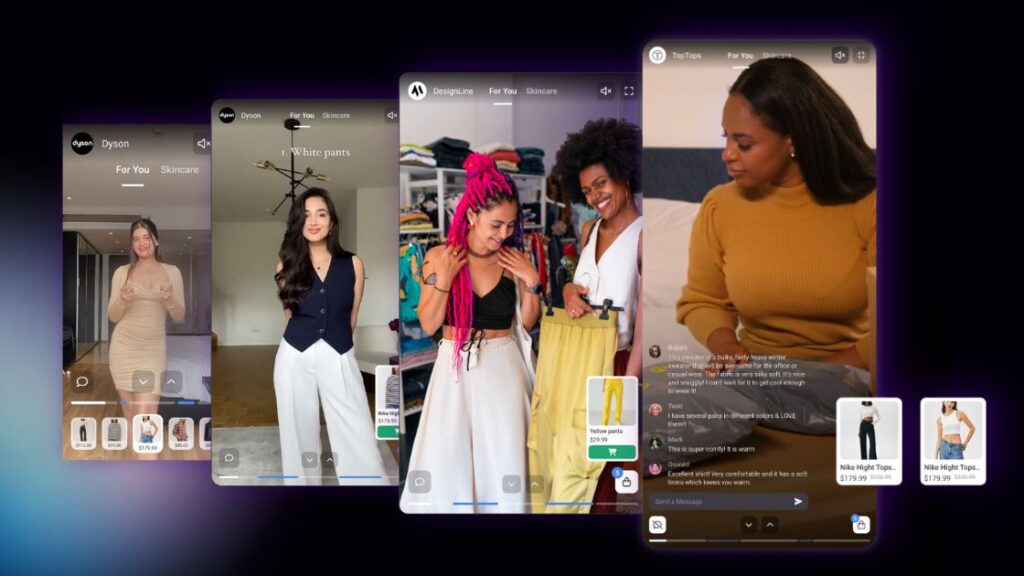
Creators and teams can upload, tag, and publish in minutes. Live shows stay shoppable long after the event ends, building a library that works for you on repeat.
Every interaction is measurable. As a result, you can see exactly which moments drive add-to-cart and conversion.
This is how Vimmi transforms video into a channel no brand can afford to ignore.
How to Start: A Practical Guide for Fashion Teams
Building on these strengths, here are practical steps that fashion teams can follow.
- Make existing content shoppable. Tag the videos you already post on social. No new content required.
- Integrate with your storefront. Let customers buy directly on your site or app in just a few clicks.
- Experiment with formats. Try-ons, styling tips, behind-the-scenes clips, and live events all work.
- Work with creators. Bring in voices your customers trust to add authenticity.
- Publish everywhere. Push video seamlessly across your social feeds and storefront.
- Measure and optimize. Use data to see what drives conversions and double down on it.
For a deeper dive into how video connects with wider retail strategies, see our omnichannel retail strategy guide.
Common Pitfalls in Implementing Video Commerce
But even with the right tools and steps, many brands stumble. Here’s what to avoid.
- Overly sales-driven content: Treating every video like a product pitch can turn viewers away.
Fix it by adopting the 80/20 rule: 80% storytelling, 20% product promotion. - Lack of consistency: Posting one video and stopping won’t move the needle.
Fix it by creating a calendar with a steady rhythm of weekly shoppable clips and monthly live events. - Ignoring cross-functional alignment: Video commerce touches creative, merchandising, eCommerce, and IT.
Fix it by assigning clear ownership and ensuring collaboration across these teams from the start. - Not optimizing for mobile: The majority of video shopping happens on smartphones.
Fix it by testing every video and checkout flow on mobile devices before launch. - Failure to measure results: Without tracking engagement, add-to-cart, and conversion rates, it’s impossible to know what works.
Fix it by integrating analytics and reviewing KPIs after each campaign to refine strategy.
Avoiding these pitfalls, and addressing them proactively, makes the difference between experimenting with video and turning it into a scalable sales channel.
For ongoing insights on how fashion leaders are tackling these challenges, follow the Mastering eCommerce Marketing podcast. It’s a source of fresh trends and expert tips from the field.
The Takeaway: Future-Proofing with Video Commerce
The fashion industry has always been about visual storytelling. Video commerce is simply the next natural step.
As Fantaguzzi reminds us:
“The brands that will keep growing in the future are the brands that are able to align with evolving market dynamics and consumer preferences; video commerce is one of them.”

The shift to video commerce is already underway.
Customers expect to discover and buy through video. Therefore, the brands that act now will be the ones setting the standard.
Waiting isn’t neutral. It means leaving sales and loyalty on the table for competitors.
With Vimmi, you can make the move seamlessly, scalably, and in a way that fits into your existing FashionTech stack.
See more strategies on brands.

